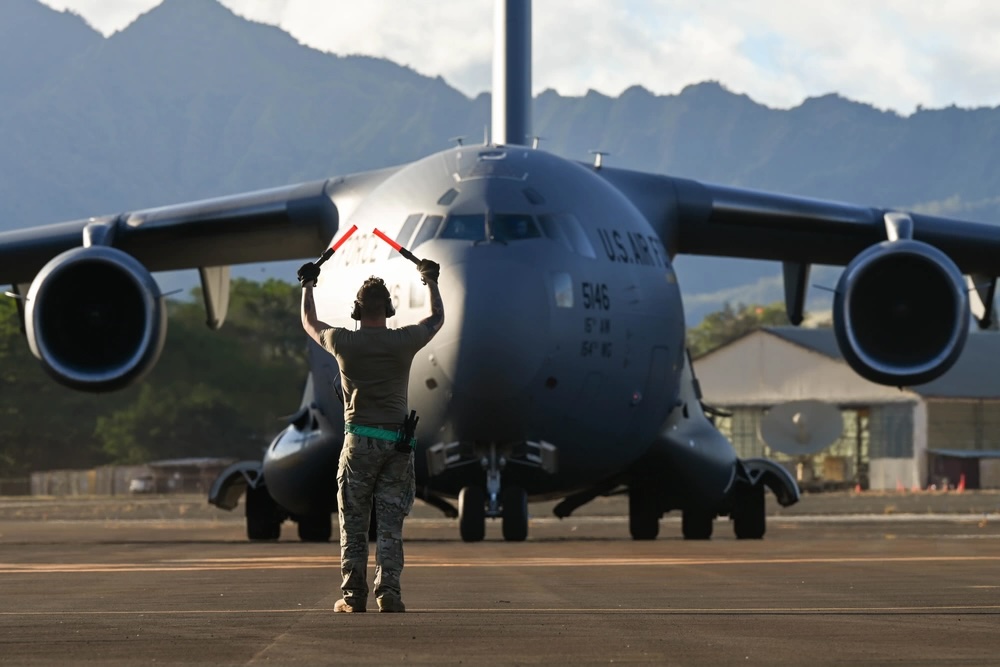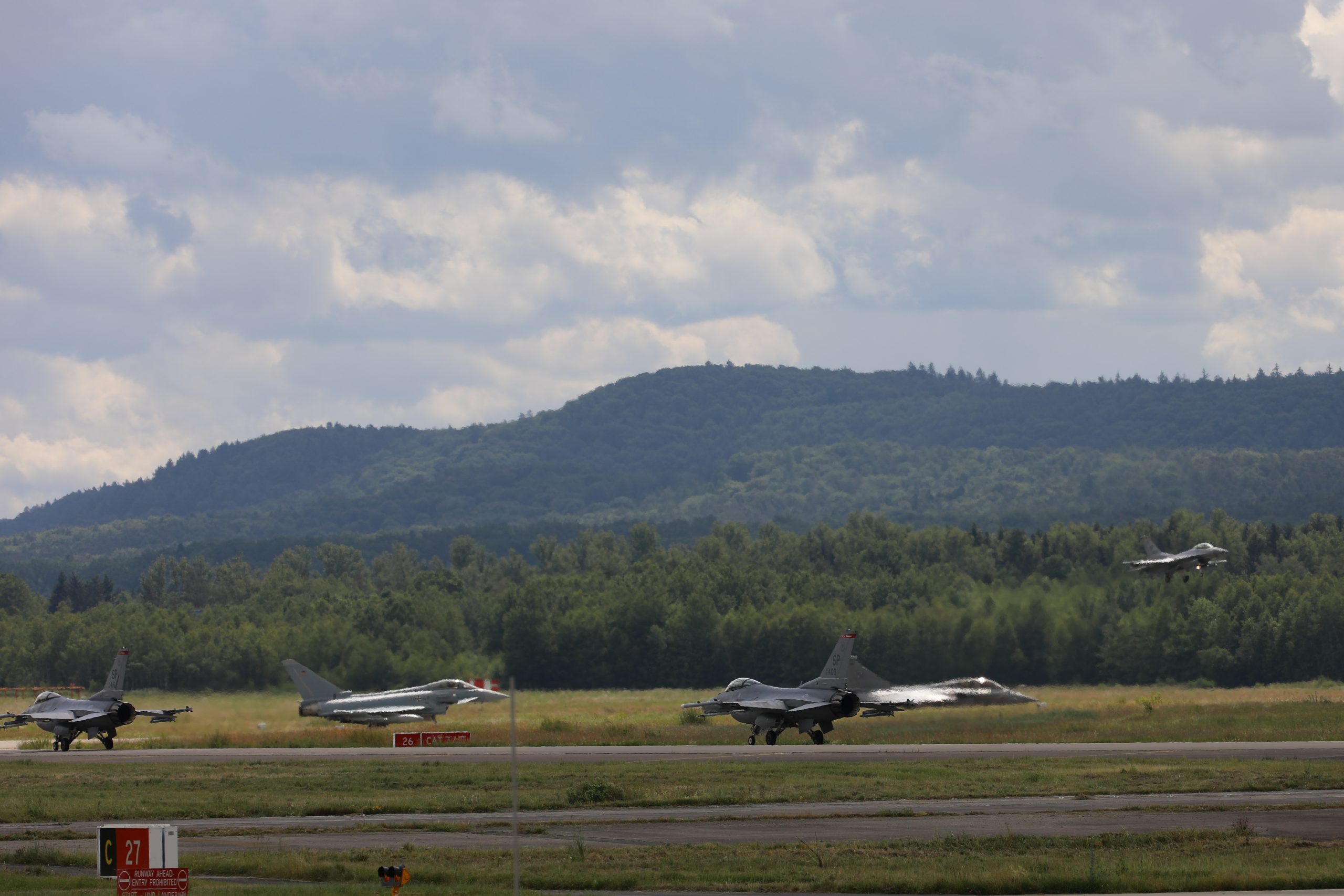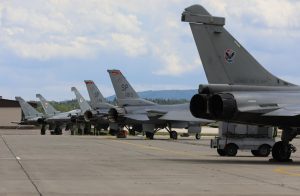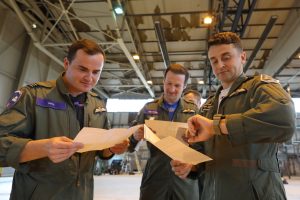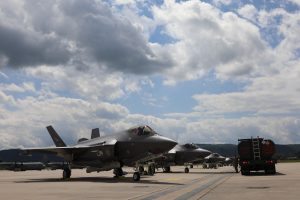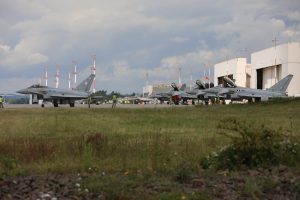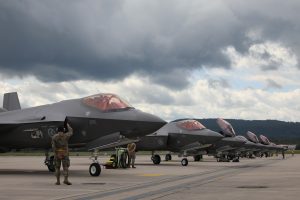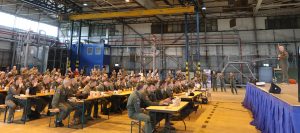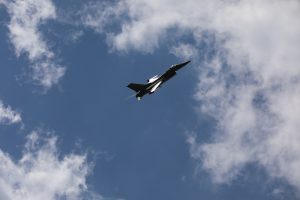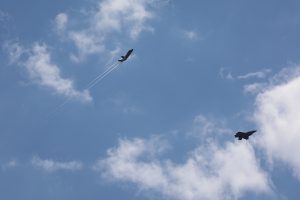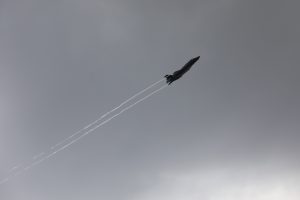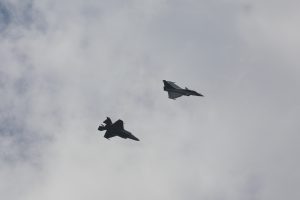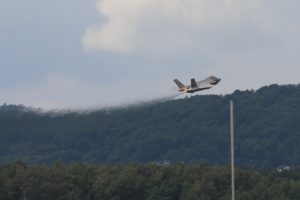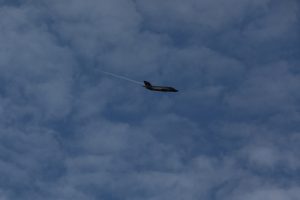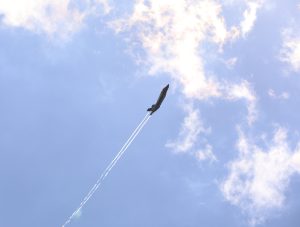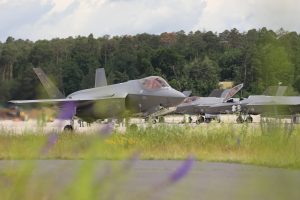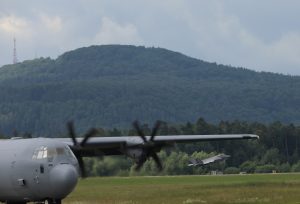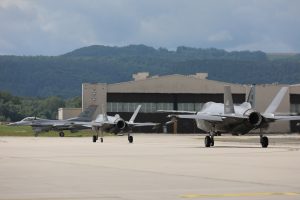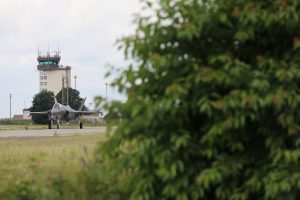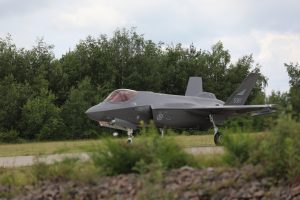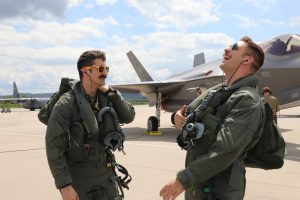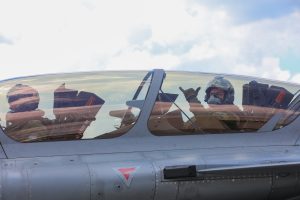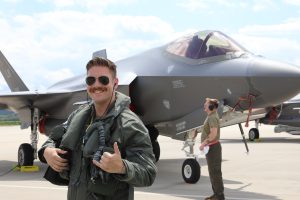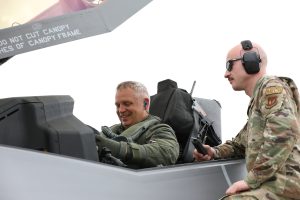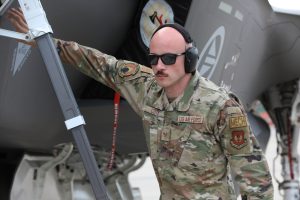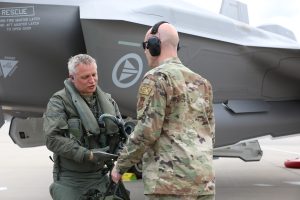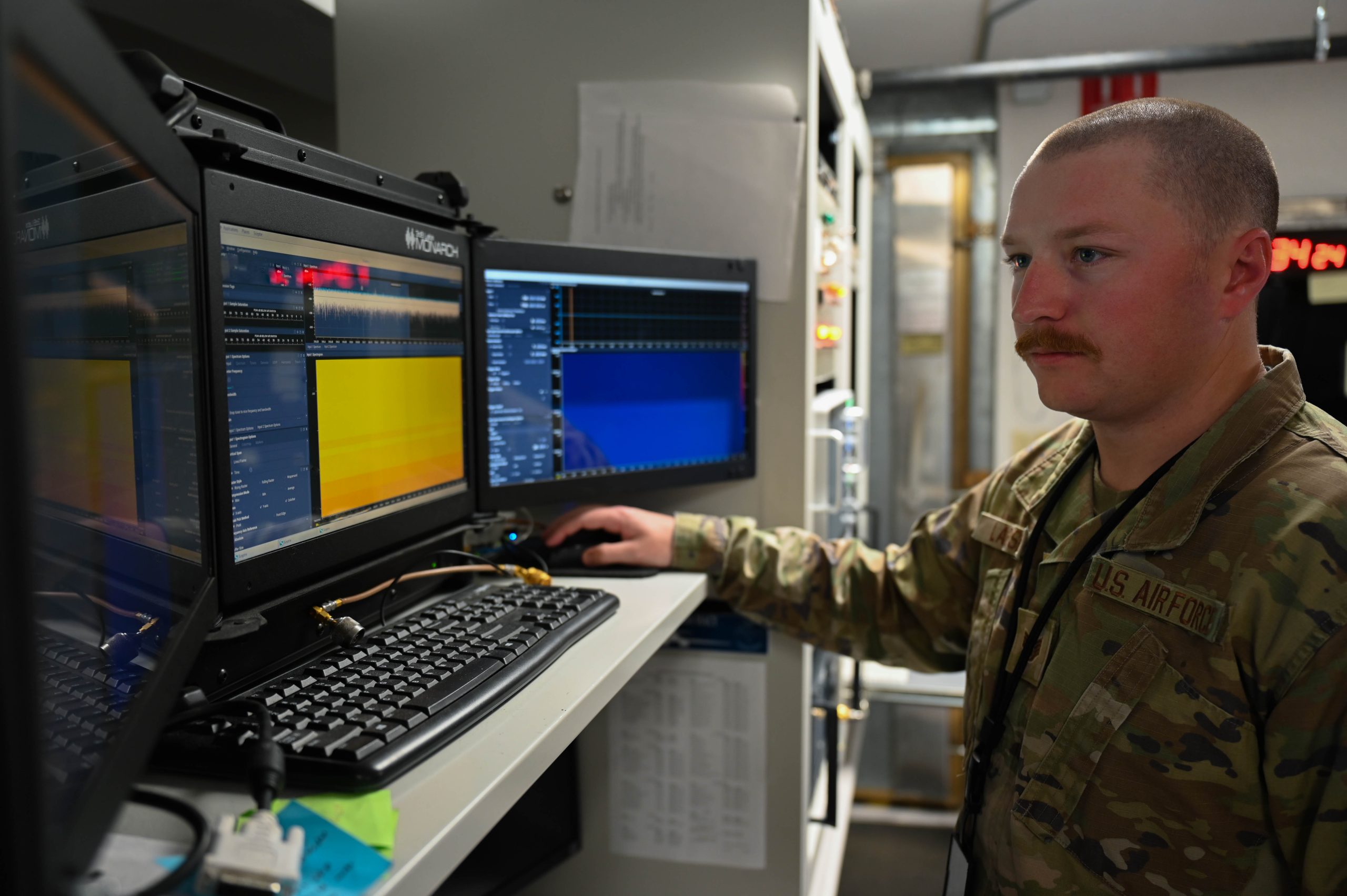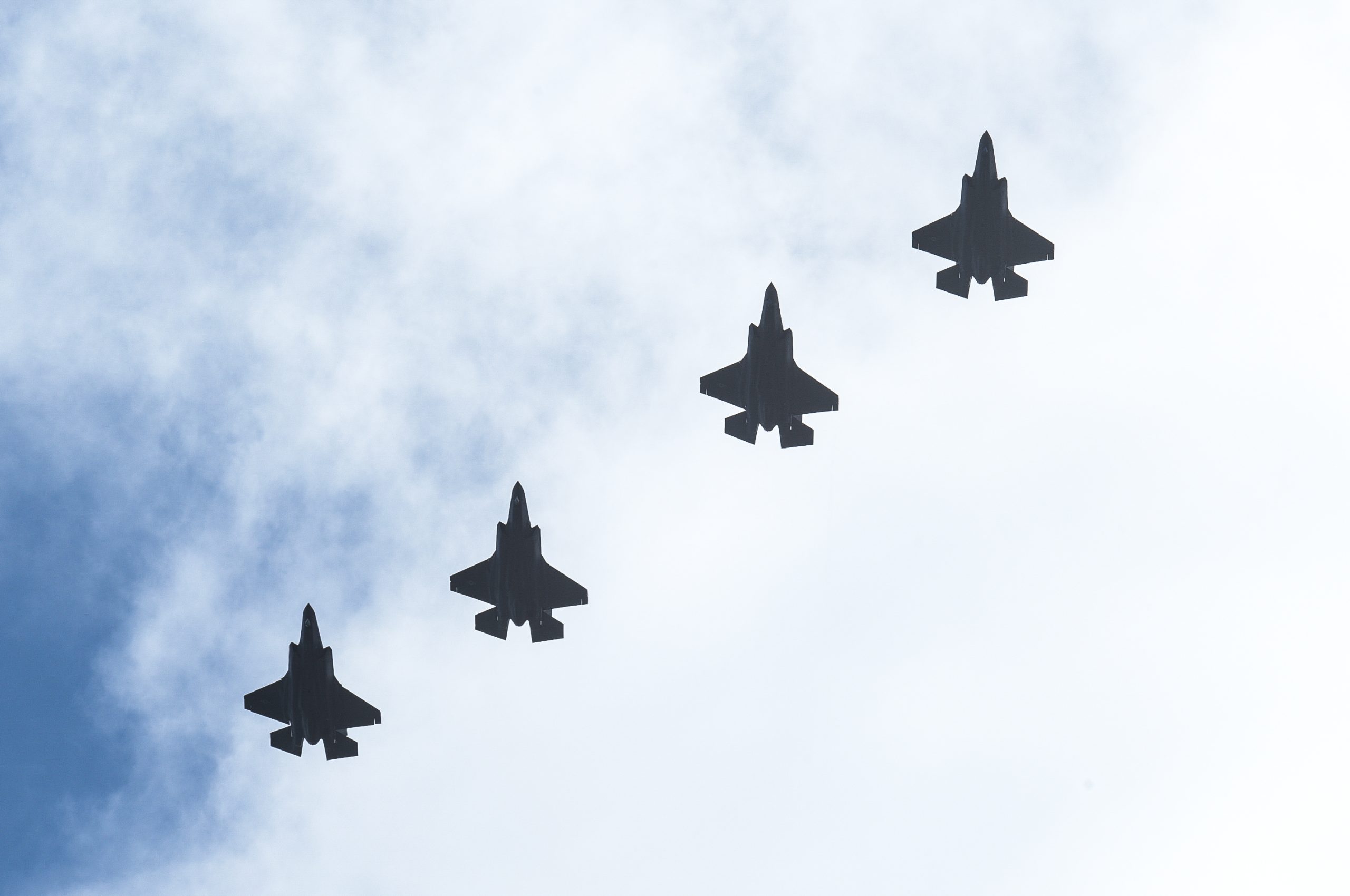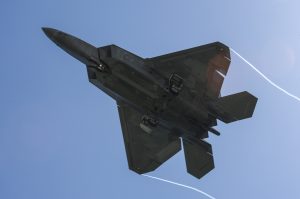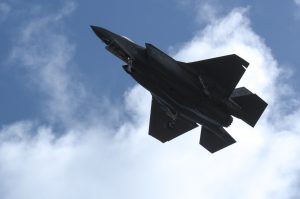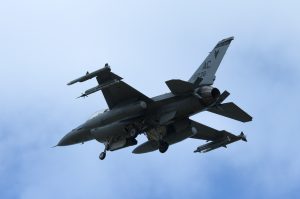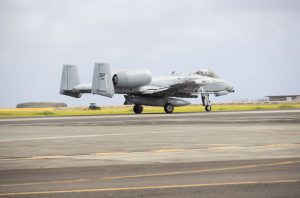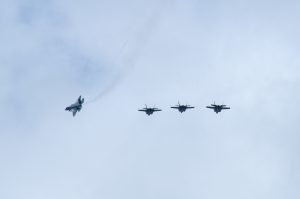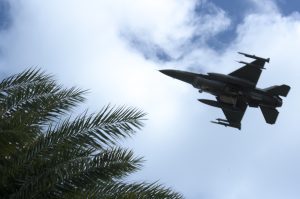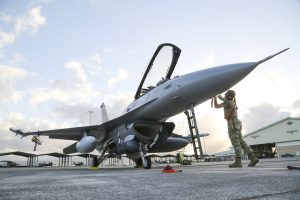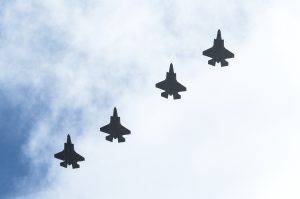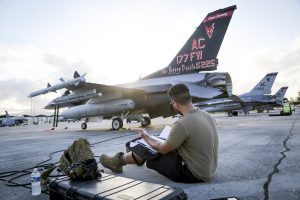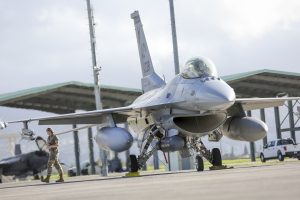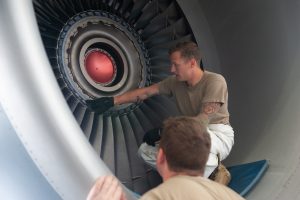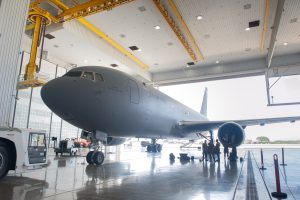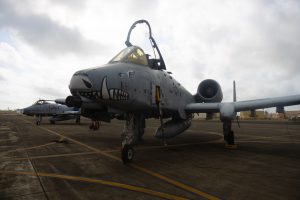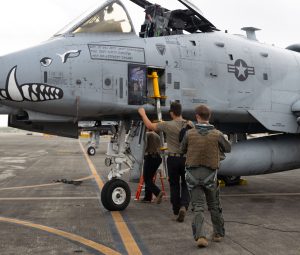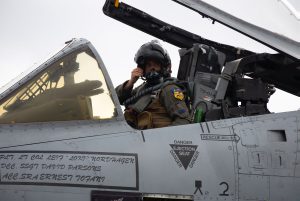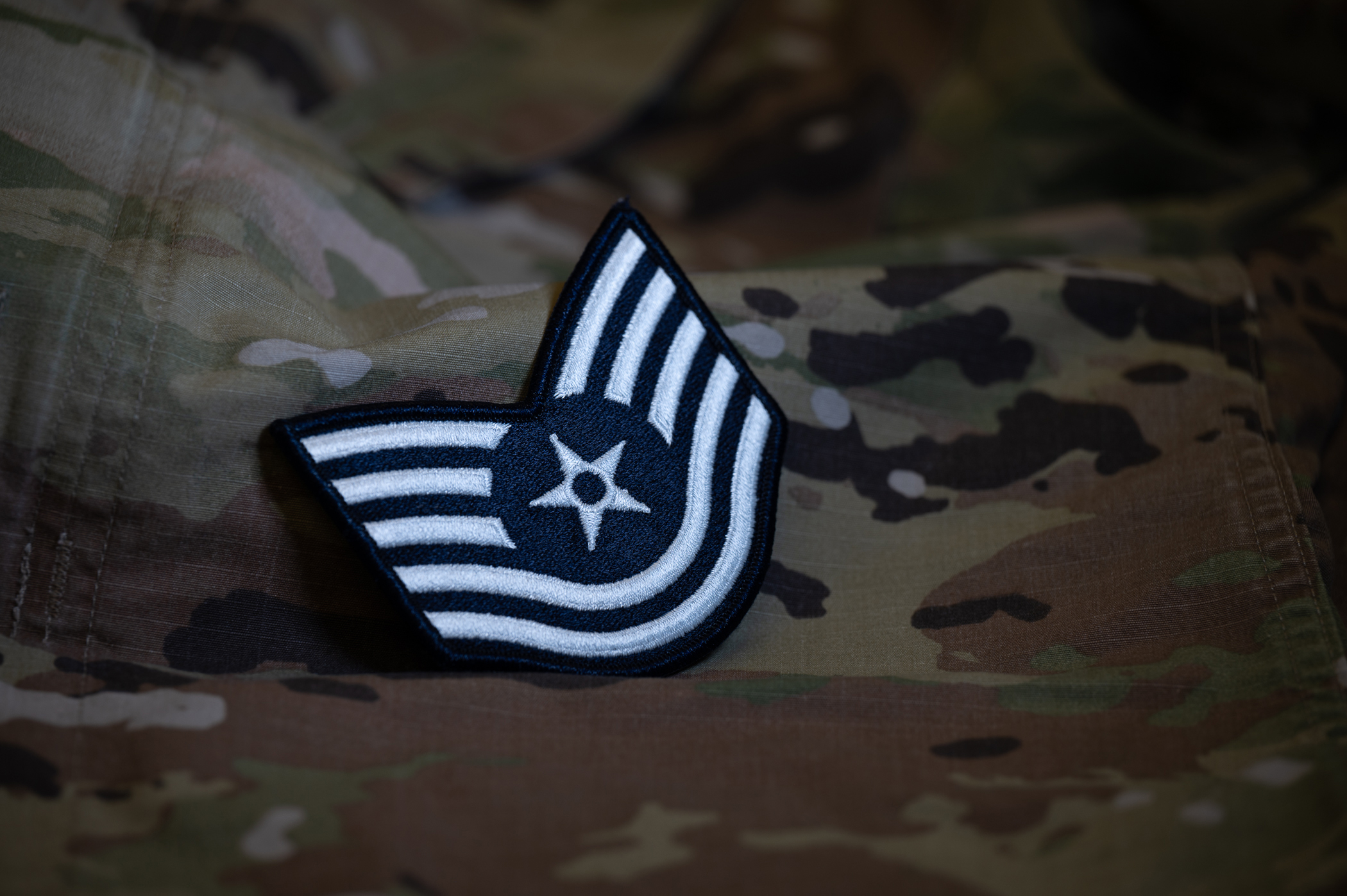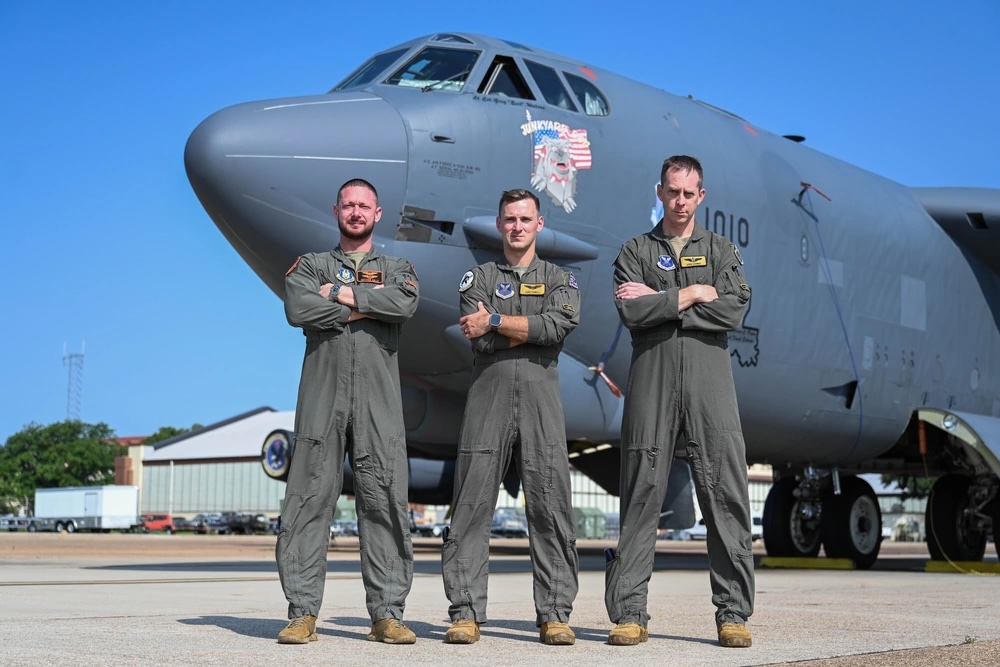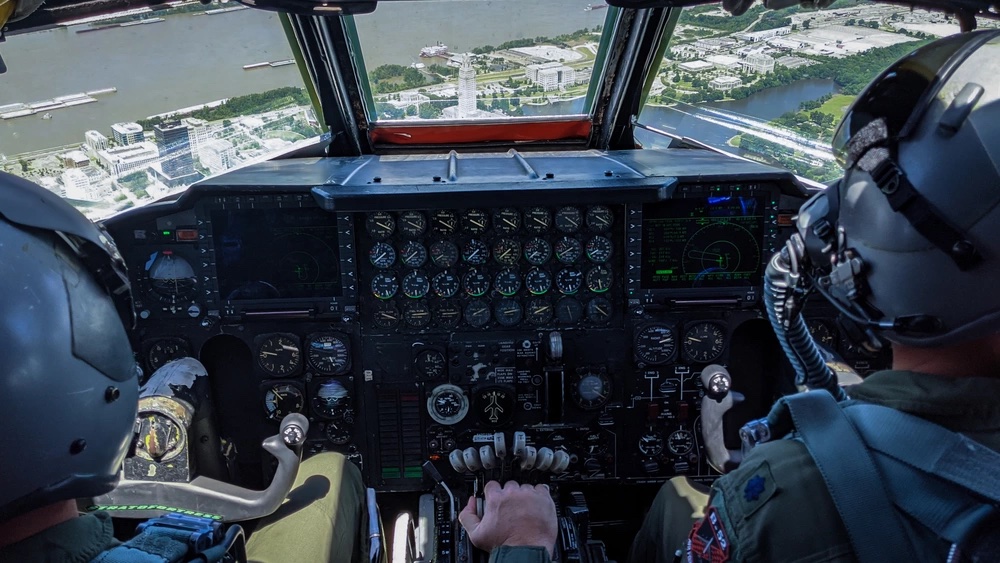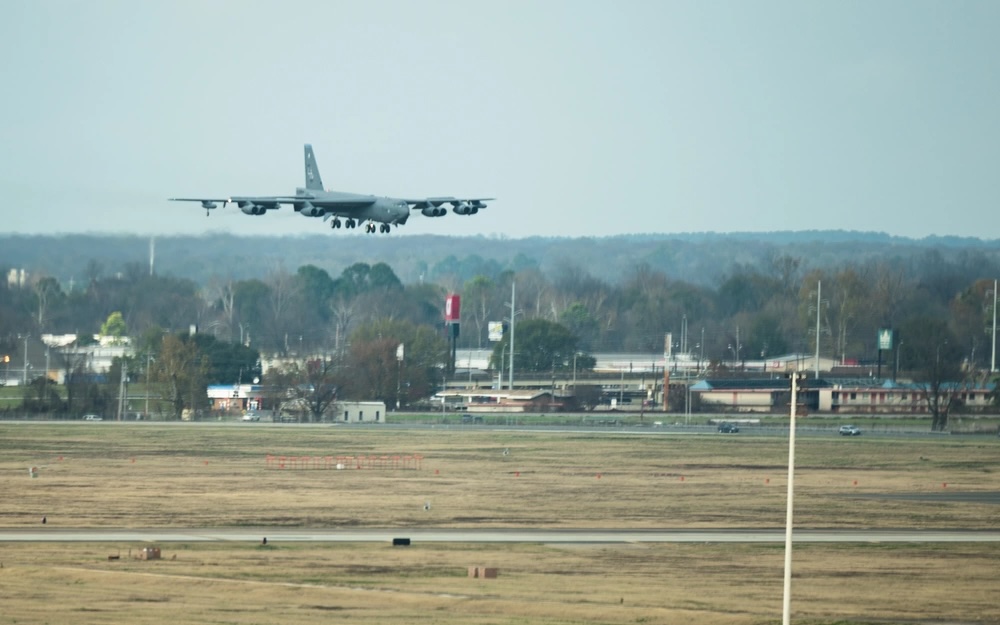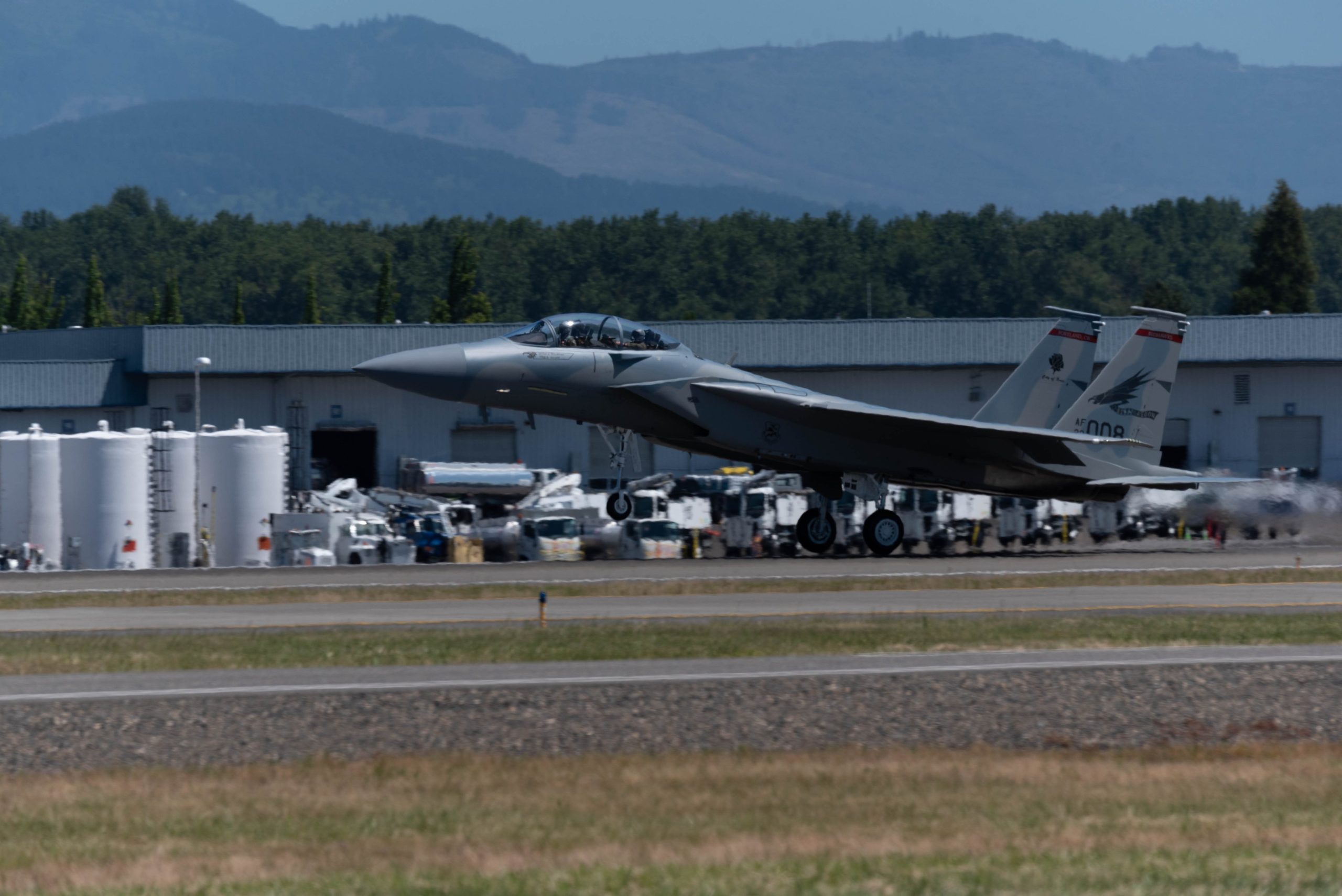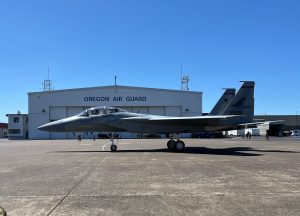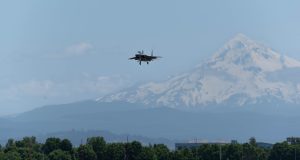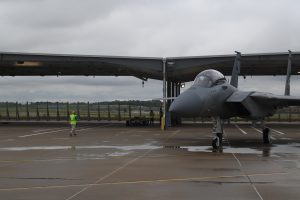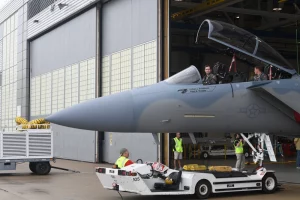Over the past two years, Maj. Gen. John Klein worked to put the ‘expeditionary’ back in the U.S. Air Force Expeditionary Center, which oversees much of Air Mobility Command’s ability to stand up ground support for air operations in new or austere environments.
The challenge, said Klein, who is rotating out of his post at the helm of USAFEC later this summer, has been that the Air Force was not expeditionary for much of the Global War on Terror, where aircraft circulated between well-established bases across the Middle East.
“The expeditionary skills, where you essentially open an air base with limited resources and connectivity, were not required, because it’s all there for you,” Klein told Air & Space Forces Magazine. “It’s time to hone those skills once again, so we are able to operate anywhere in the world.”
Honing those skills and bringing new tools to bear in the years to come will take work. Specifically, Klein sought to establish mechanisms for acquiring and standardizing new technology, especially communications devices for connecting expeditionary Airmen across vast distances in contested environments.
He also aimed to give the units under USAFEC, whose motto is “airpower, from the ground up,” a greater role at large-scale joint exercises and to adopt a new culture effort called Forging Warrior Hearts, which the general hopes will better prepare Airmen for the rigors of a possible conflict with China or Russia.
“The Airmen are ready, they will always deliver,” he said. “Where we need to shore things up is the institution that enables the Airmen.”
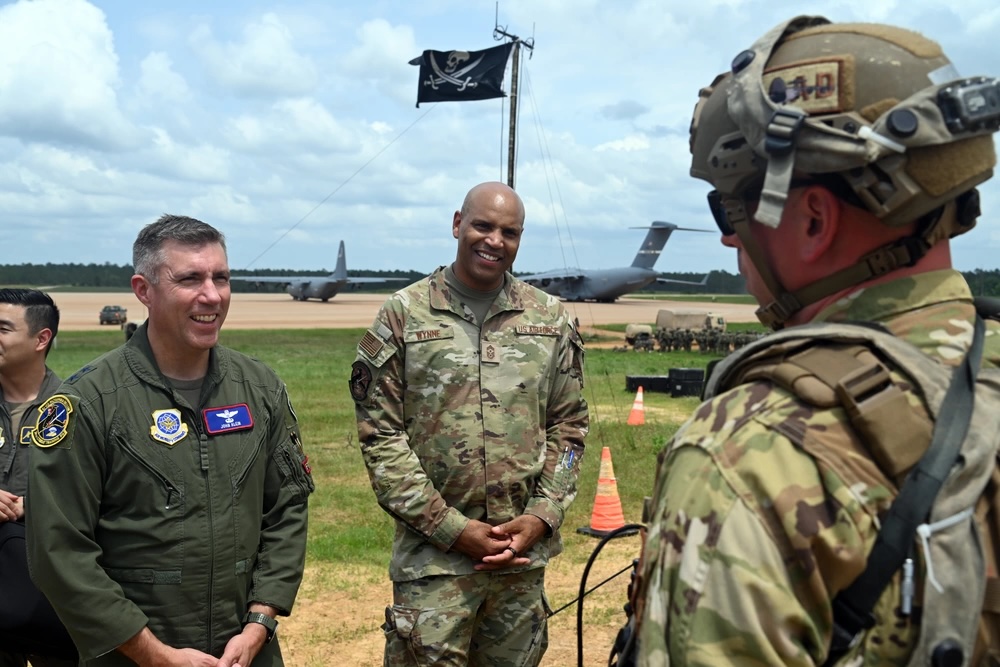
Connectivity
Officials across Air Mobility Command say the airlift and tanker fleet need better tools to build situational awareness.
“I can just look at a tablet or a screen and I can see it. … I can know which airfields have been bombed or damaged,” AMC boss Gen. Mike Minihan said in February. “Then I don’t have to just show up, look at the runway, and say ‘that one’s not for me today.’”
Klein’s expeditionary troops have the same need.
“We’ll be operating in contested environments where our connectivity is going to be challenged, both by the tyranny of distance and adversaries trying to disconnect us,” he said. “So having resilient communications and connectivity is something that we need to resource for ourselves.”
Klein said the center received $17 million last year from AMC to buy MPU-5 and other radios that can connect to Starlink satellites and Android Team Awareness Kits (ATAK): smartphones that let users share encrypted texts, locations, images, and other information rather than via error-prone voice-to-voice channels.
“It reduces the potential for miscommunication and interception, and it puts everybody on a level playing field with a common understanding of the battle space,” he said. “It’s not just our crews in the air, but also the support forces on the ground who all need to understand the same picture.”
Klein estimated that USAFEC units are about 50 percent equipped with the new radios, but there is a long way to go: the center has yet to connect to tactical data link networks, such as Link 16, that other parts of the Air Force, especially Air Combat Command, have enjoyed for decades.
“It’s baby steps: let’s bring ourselves up into the 21st century here with standard connectivity and then we’ve got to practice using it through some of our exercises,” he said. “Honestly, [Link 16] is old technology, so in an ideal world we need to be looking beyond that.”
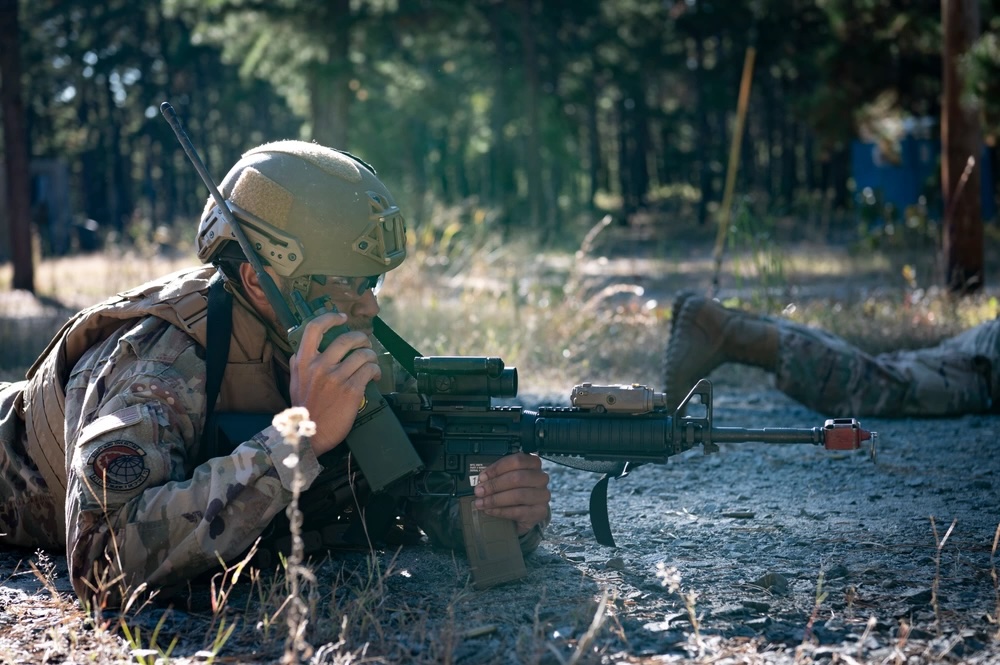
Ideally, Klein said, USAFEC would have an annual tech refresh in its budget, but for now, the 621st Contingency Response Wing is in charge of developing a rolling five-year plan that prioritizes “how we re-invest in ourselves for equipment,” using the limited resources available, Klein explained.
Once adopted, that gear and the training to use it has to be standardized around the world, the general said. That’s the job of the Global Air Mobility Support System Weapons System Council, a forum where GAMSS units—the Airmen who run airfields and move cargo for transport, refueling, and aeromedical evacuation operations down range—can share best practices. The council was modeled off of those for other platforms such as the C-17 or C-130 transport planes.
“The more that we tackle, the more that we realize there is a whole lot more work to do,” Klein said. “Let’s put those processes and forums and mechanisms in place so that we continue working on these issues as they come along.”
Exercises
While USAFEC falls under Air Mobility Command, its ability to open and operate air bases can help any part of the joint force that needs to move in a hurry.
“If we have to get somewhere fast and begin operations right away … we are the foundation of that,” Klein said. “Our folks are absolutely brilliant at problem-solving, at filling gaps so that the mission can move forward. We’re very much a lubricant in the defense logistics system.”
Despite this, expeditionary Airmen are not widely known across the Air Force or the wider military, a trend Klein noticed at exercises such as Air Combat Command’s Agile Flag. But that seems to be changing.
“When we first started supporting their exercises, Air Combat Command and the units we were working with didn’t know what we could do,” he said. “Our teams identified problems and gaps that they could help with, so at the next iteration of Agile Flag, it was ‘hey, we want you guys to come because you have what we need.’”
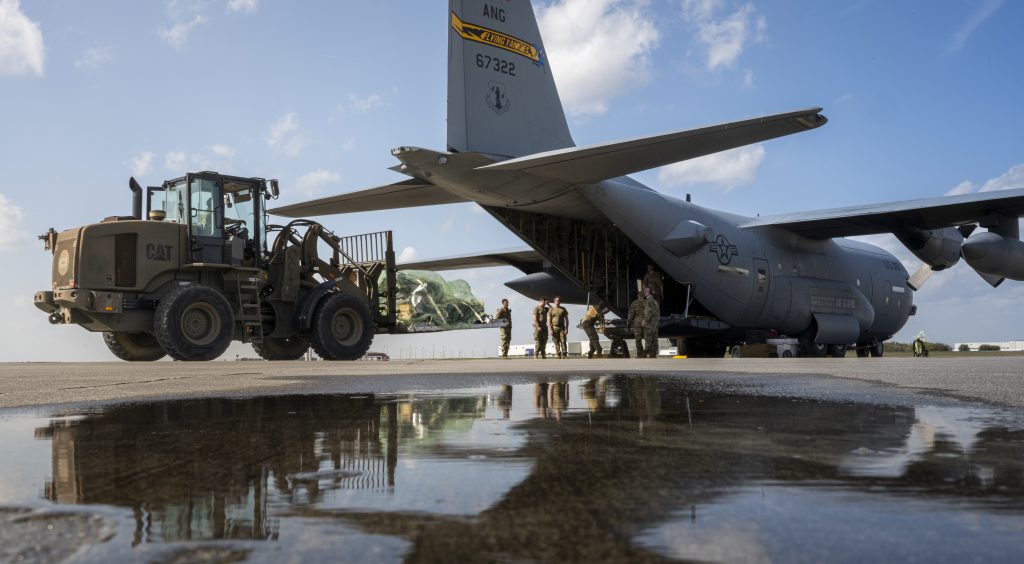
Integrating GAMSS Airmen into large exercises such as Bamboo Eagle and Storm Flag was a key part of the USAFEC 2023 Strategy, a document laying out the center’s goals for 2030. The strategy, plus a campaign plan for how to execute it, provided a roadmap to prepare for conflict against China or Russia. Klein hopes additional strategies will come out every year to help achieve the center’s 2030 goals.
“This is the first time, to my knowledge, that the expeditionary center has taken this deliberate approach to moving the institution forward, rather than doing it ad hoc,” he said. “That campaign never ends. You keep driving forward, but you do it in a planned, synchronized way to stay on track as an organization.”
Culture
The strategy’s top priority is Forging Warrior Hearts, an effort to use culture to strengthen Airmen for challenges both at home and in a possible war with China. The initiative is deliberately open-ended, but it encourages expeditionary leaders to make developing unit culture a recurring part of their job.
In Klein’s view, the term culture encompasses any effort to build strong connections among Airmen and align them with the purpose of the unit. In January, he invited more than 100 squadron, group, and wing commanders and senior enlisted leaders from as far as Guam and Germany to a four-day culture conference to get them on board with the plan.
“We’re not going to directly tell you what you should do or what you should think about culture in your units,” Klein said at the time. “Really it’s a tool bag, and you can choose the tools that you need based on the situation you face to help you intentionally engineer the culture of your squadron.”
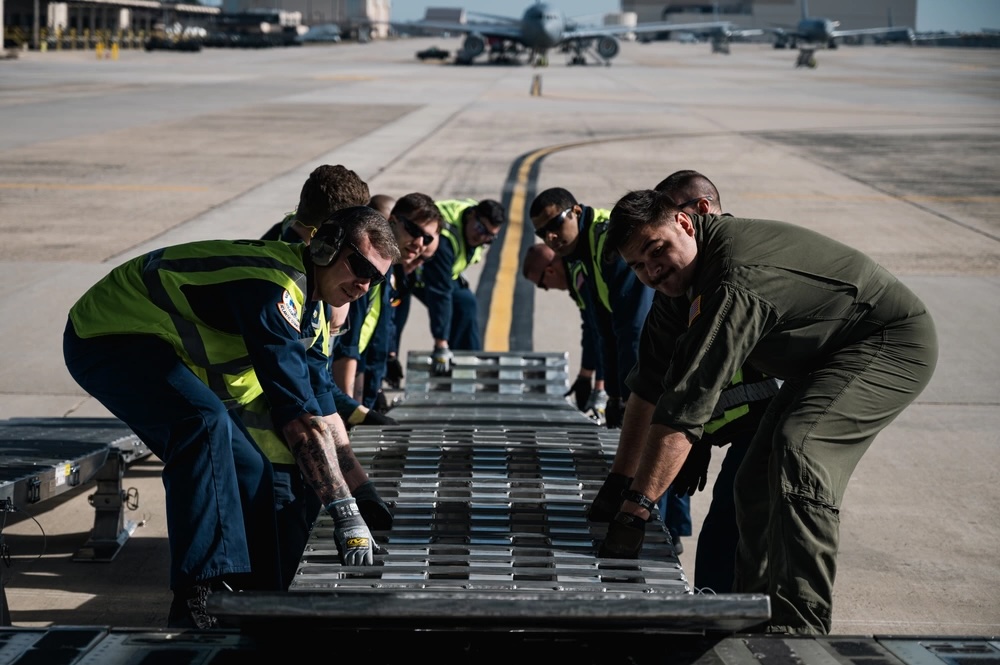
The results so far are promising: in an informal survey a month after the conference, 97 percent of the 44 respondents said they would recommend it for future leaders. Many attendees have since enhanced their unit’s physical training programs, developed better onboarding processes for new members and their families, and held feedback sessions for enlisted Airmen.
“One of the best comments I got was ‘sir, the best thing you did was you gave us permission from the two-star level to focus on culture,’” Klein said. “I’m glad it accomplished that, but to me it’s telling what we as an organization have forgotten, and we needed to remind ourselves.”
After Klein rotates out of USAFEC in mid-July, he’ll join the Air Staff as assistant deputy chief of staff for operations. But he won’t soon forget the importance of the center, which could prove decisive in a conflict in the Pacific where Air Mobility Command would likely have to fly much of the military’s troops and equipment across the ocean to get to the fight, relying on expeditionary Airmen.
“If we fail, if we’re not there, then it all crumbles,” Klein said.
